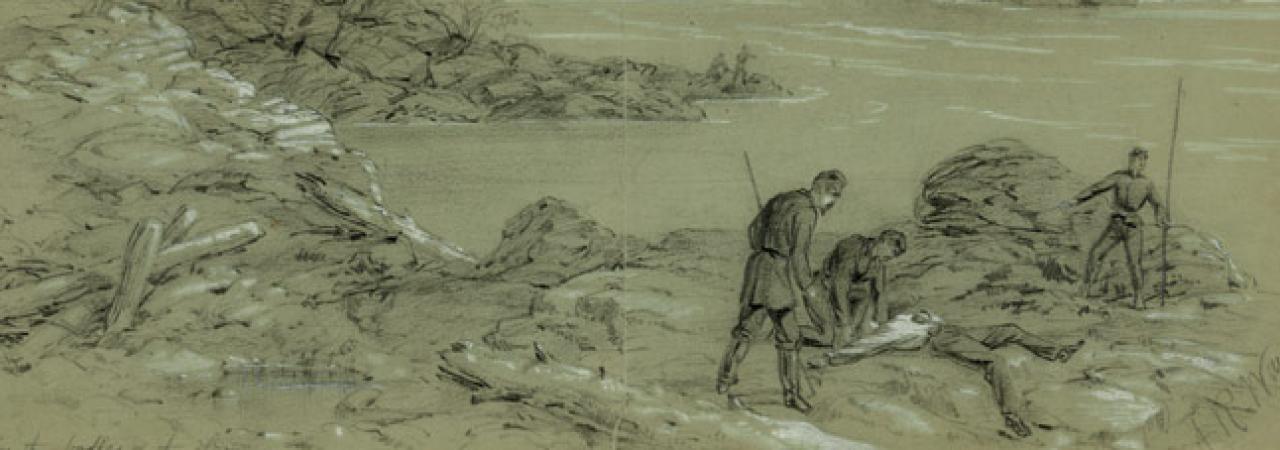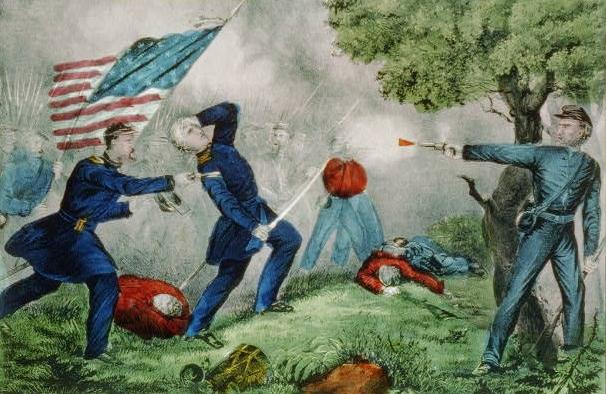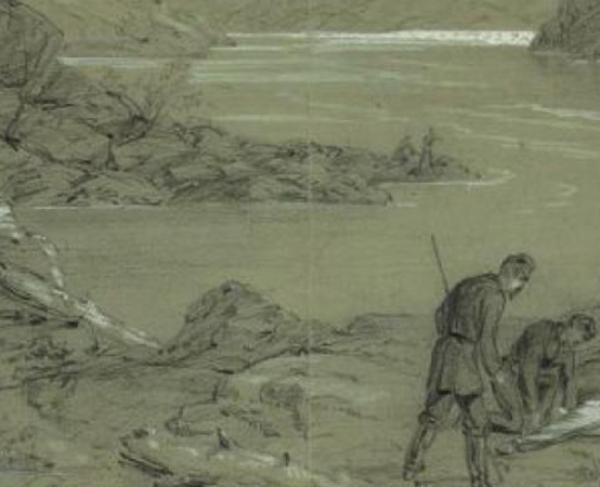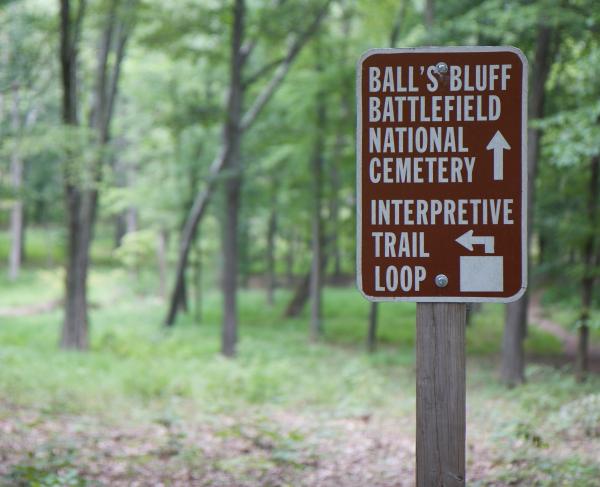
By James A. Morgan, III
When the Confederates abandoned Leesburg on October 17, 1861, following some skirmishing upriver at Harper’s Ferry, Maj. Gen. George McClellan wanted to find out exactly why so he ordered Brig. Gen. George McCall’s Pennsylvania division at Langley, Virginia, to advance to Dranesville and probe toward Leesburg. By the time McCall arrived in Dranesville on October 19, the Confederates had returned to Leesburg. McClellan then instructed Brig. Gen. Charles P. Stone, whose division was across the river from Leesburg, to conduct a “slight demonstration” to gauge the Confederate reaction.
Stone moved troops around on October 20 so as to give the appearance that he was about to cross in force, but the Confederates simply watched. By evening, Stone’s demonstration was over and McCall, as ordered by McClellan, was preparing to move his division back to Langley the next morning. The story would have ended there had General Stone not ordered a reconnaissance patrol to determine the effects of his demonstration. At dusk on October 20, Capt. Chase Philbrick and about 20 men from the 15th Massachusetts quietly crossed the river.
About a mile from the bluff, Philbrick mistook a row of trees for the tents of an enemy camp and reported this incorrect information to Gen. Stone. Stone responded by ordering a raid on this “camp,” which, in turn, led to the Battle of Ball’s Bluff.
Col. Charles Devens and 300 men of his 15th Massachusetts composed the raiding party. As a diversion, Stone crossed a small largely mounted force three miles downriver at Edwards Ferry to attract Confederate attention. This two-pronged crossing, combined with the nearby presence of McCall’s division, has mistakenly been interpreted by many historians as an attempted encirclement of the town. But the Union troops all had limited missions. Leesburg was not their target.

Devens soon discovered the patrol’s error and reported by messenger to Gen. Stone. Before the messenger could return, however, Devens engaged some Confederate pickets and the unplanned, unintended battle began. Not knowing of the fighting, Stone decided to turn the raiding party into an expanded reconnaissance. He ordered Col. (and U.S. senator) Edward Baker to go to Ball’s Bluff and evaluate the situation. On his way upriver, Baker learned of the fighting and ordered more troops across. As no one had planned a major river crossing, however, there were few available boats so a bottleneck quickly developed.
For several hours, the fighting consisted of brief skirmishes punctuated by long lulls. After 3:00, it was nearly continuous until dark. Col. Baker was killed around 4:30 (the only U.S. senator ever killed in battle) and fresh Confederate troops from the 17th Mississippi arrived an hour or so later to form the core of the climactic advance against the worn out Union troops, whose line finally broke shortly before dusk.
The Federals lost 223 killed, 226 wounded and 553 prisoners. The Confederates suffered fewer than 150 total casualties. And it all happened because an inexperienced officer thought that trees were tents.
Related Battles
1,002
155


